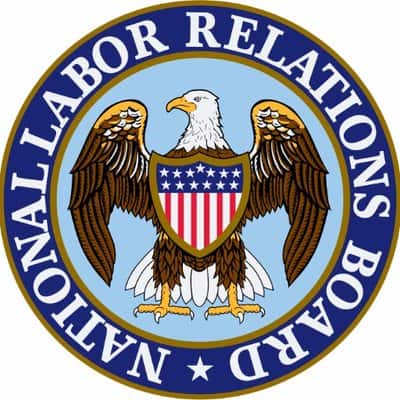Year in Review 2018: Labor and Employment

 There was a mix of good and bad news in the labor and employment policy space in 2018. A tremendous gain was made in the public sector. Yet inaction ruled the day in the private sector.
There was a mix of good and bad news in the labor and employment policy space in 2018. A tremendous gain was made in the public sector. Yet inaction ruled the day in the private sector.
The topline item in 2018 was a landmark case before the U.S. Supreme Court. In Janus v. AFSCME, the injustice of forced union dues was put to rest. As a result, public employees no longer have to pay agency fees, or forced union dues, to government unions as a condition of employment. The justices recognized that “Forcing free and independent individuals to endorse ideas they find objectionable raises serious First Amendment concerns.”
As a result, millions of workers in over 20 states now have the freedom to decide how best to spend their hard-earned paycheck. Forced union dues have long “impose[d] a heavy burden on the First Amendment interests of objecting employees,” and now the Supreme Court has corrected this unfairness.
But that is not all. A few public employees who were wrongly forced to pay dues to a union have already gotten a refund and there are lawsuits pending that could see millions of dollars paid back to public employees.
At the federal level, there was a short-lived taxpayer victory. On May 25, 2018, President Trump issued an executive order that significantly curtailed the practice known as union official time, which allows federal employees conduct union business while still being paid by taxpayers. This union subsidy costs nearly $200 million annually and federal employees spend over 3 million work hours each year on official time. Unfortunately, a federal judge struck down the executive order a couple of months later, but the Trump administration appealed and that lawsuit is still pending.
Despite this setback, individual agencies have done their part to ensure federal employees work for the taxpayer. The Department of Education removed official time from its collective bargaining agreement. In addition, the Department of Veterans Affairs announced in November that “it will be moving nearly 430 medical professionals from taxpayer-funded union work back to health care jobs serving Veterans.”
Reform that provides workers with choice or lessens needless regulatory burdens on business was left wanting for the private sector.
A Missouri ballot measure that would have implemented right-to-work was voted down. This law would have ended forced union dues. As I previously wrote, AFL-CIO President Richard Trumka was extremely pleased with the result. Despite the loss, all was not lost for worker freedom in Missouri.
In 2018, the Missouri legislature passed the Government Union Accountability Act, which goes a long way in bring democracy to the workplace and saves taxpayer dollars. A key provision of the law is it requires union recertification elections, which means every three years a union stands for reelection and must prove it still has majority support from the employees it represents.
Previous to the passage of the Government Union Accountability Act, once a labor union was certified as the representative of employees, it never had to withstand a recertification vote. This led to most employees inheriting their union rather than voluntarily selecting it. Heritage Foundation research shows that in many states, as few as one percent of public employees actually voted for the union that represents them. Other pro-worker and pro-taxpayer reforms include the curtailment of union official time at the state level, imposing union financial transparency and paycheck protection.
At the federal level, the National Labor Relations Board (NLRB), the agency that governs private-sector labor relations, faced a year-long politically motivated obstruction campaign conducted by congressional Democrats and union activists. The campaign pushed a narrative that some NLRB members’ previous work created a conflict of interest that should force them to recuse themselves from participating in decisions or rulemakings. It received support from the NLRB’s inspector general who invented an unprecedented legal theory, deemed the “wholesale incorporation” theory, which ultimately contributed to sinking an NLRB decision that would have restored the traditional joint employer standard.
This impeded the NLRB’s progress on several fronts, including restoring the traditional joint employer standard and repealing the Obama-era ambush election rule.
Over at the Department of Labor, few of the prominent regulatory actions that were expected came to pass. A proposed rule on overtime standards was anticipated in 2018, but it was pushed back to March of 2019. A bipartisan pair of House members requested the department modify its approach to when multiple businesses are considered joint employers. In addition, reports indicated a proposed rule was expected on the matter, but this also failed to materialize.
Previous post in the Year in Review 2018 series:
- Operation Choke Point by John Berlau (12/19)